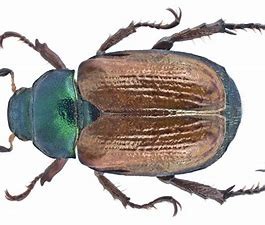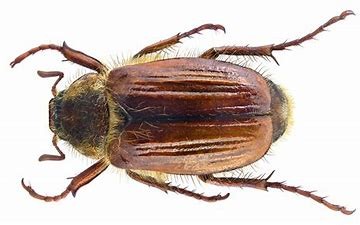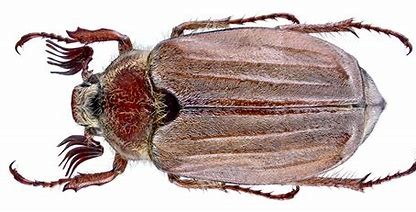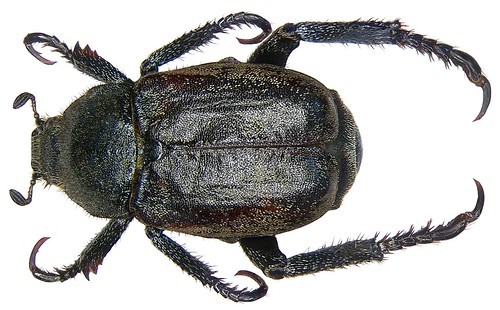Chafer Beetles Identification
By Chris Humphrey MBPR FQA, Technical Manager
There are 4 main types of Chafer beetle in the UK. All can be found in grub state within turf where they feed on roots and decaying plant material.
Garden Chafer (Phyllopertha horticola)

The Garden Chafer is the most commonly seen chafer in the UK and has a one year lifecycle.
The adults fly in early June, breed and lay their eggs all within about a 2 week period. The larvae feed on roots throughout the summer and through to the following spring when they pupate and then emerge again as adults around early June.
Summer Chafer (Amphimallon solstitiale)

The Summer Chafer emerges as an adult in the summer months (between June and August). They then breed in the evenings and lay eggs in the grass crown. The eggs develop into larvae and feed on roots and debris for 2 years before emerging as Adults.
Cock Chafer (Melolontha hippocastina)

The Cockchafer is the first of the chafer beetles to appear each year. Emerging as adults between April and June (this is why they are sometimes called the May bug). They breed and lay their eggs overnight so are not often seen. The eggs hatch in a few weeks and the larvae live in the soil profile for 3 years. They move up towards the surface in the summer months and head down the soil profile in the winter to escape the frost. Emerging as adults around May.
Welsh Chafer (Hoplia philanthus)

The adults breed in the summer and lay their eggs that hatch in the autumn. The eggs hatch and the larvae live in the soil and feed on roots for 4 or 5 years then pupating in their final year in the autumn before emerging as adults the following spring.
Control
As I write this, I am hearing that the Emergency Authorisation for Acelepryn has just been granted for control of Chafer grubs. If you have chafer grubs in your turf it is important to identify exactly which Chafer grub you have as you will need to apply treatments each year for the length of the lifecycle of the grub.
For help with identification and advice on the use of Acelepryn, contact Collier Turf Care on 01328 700600